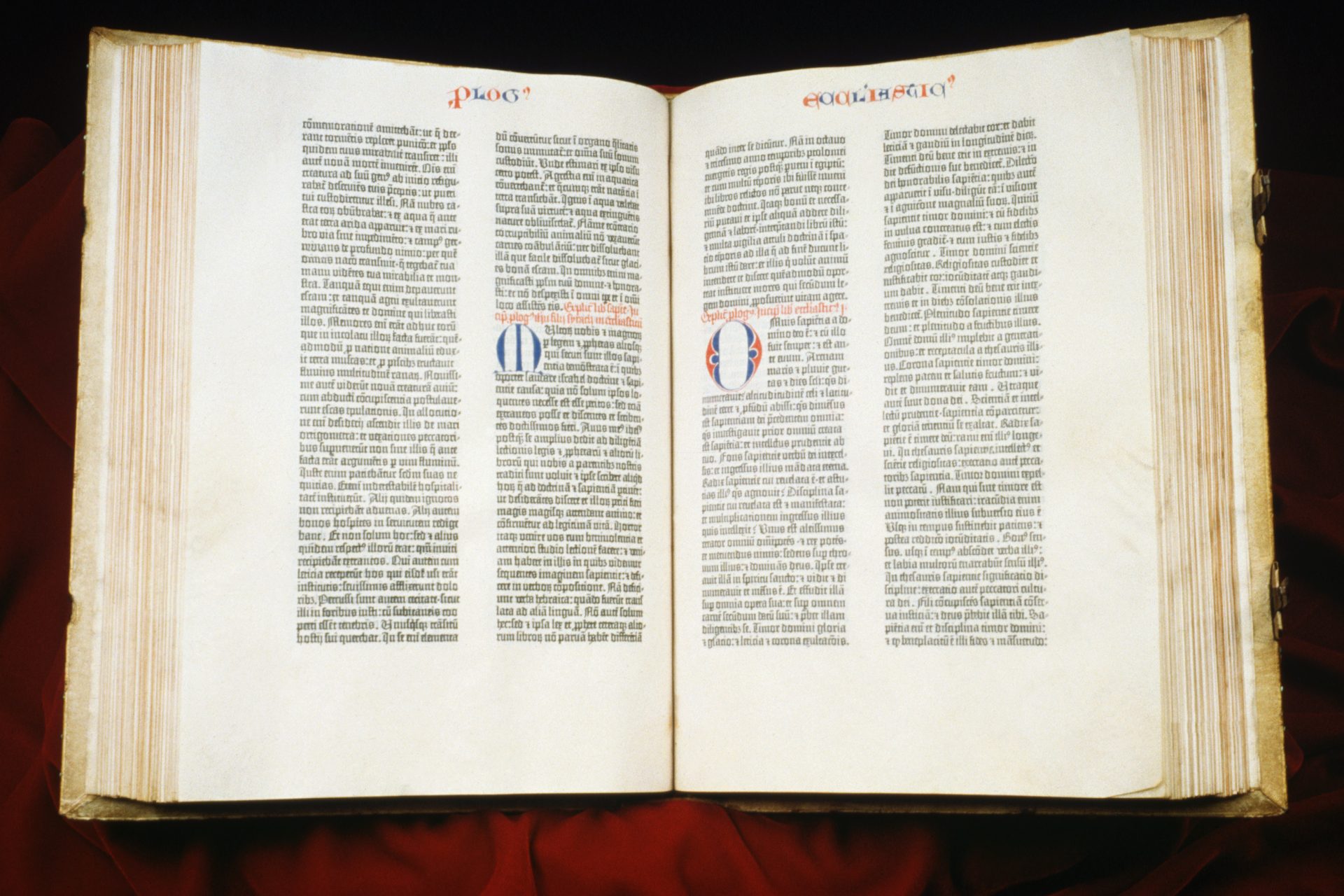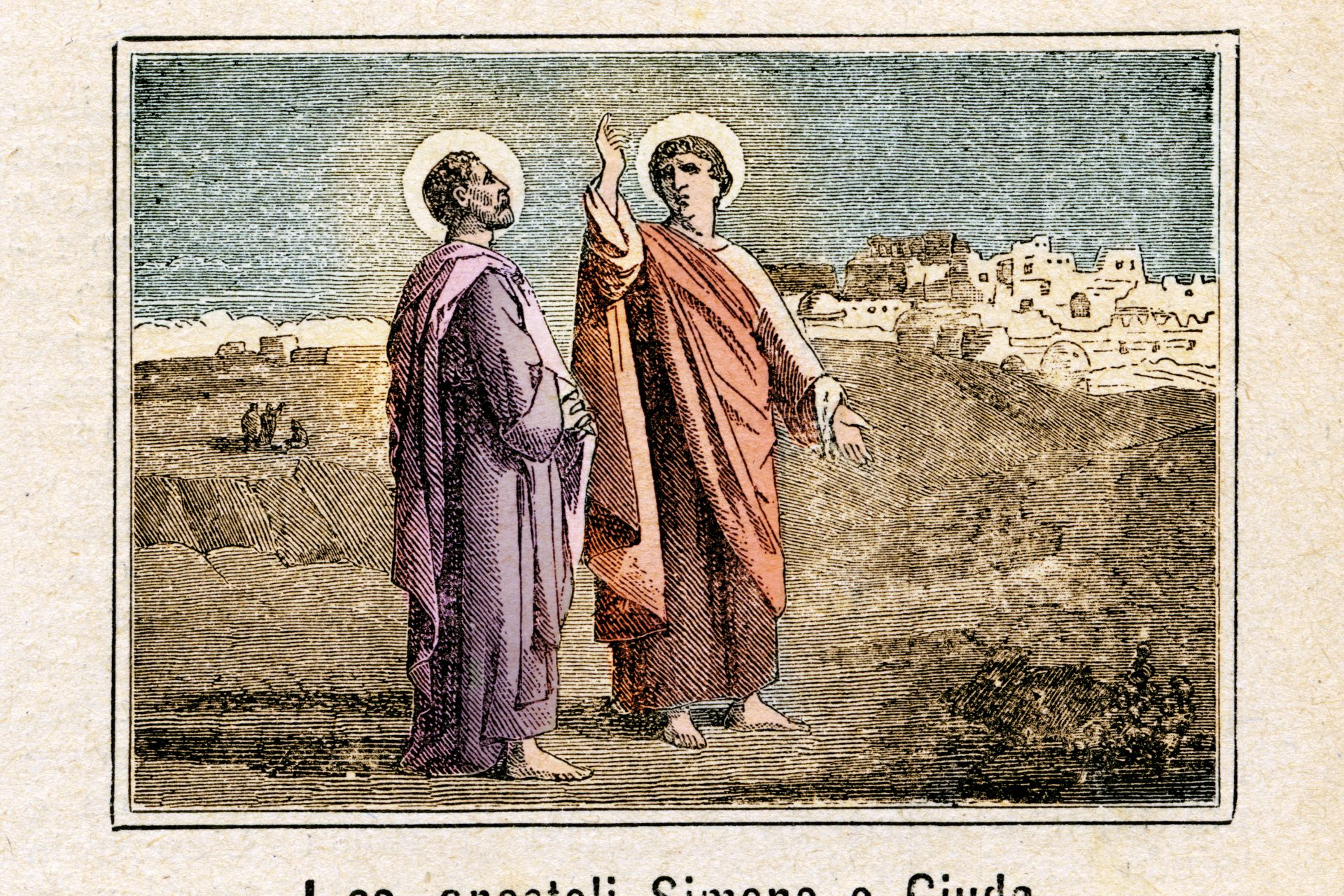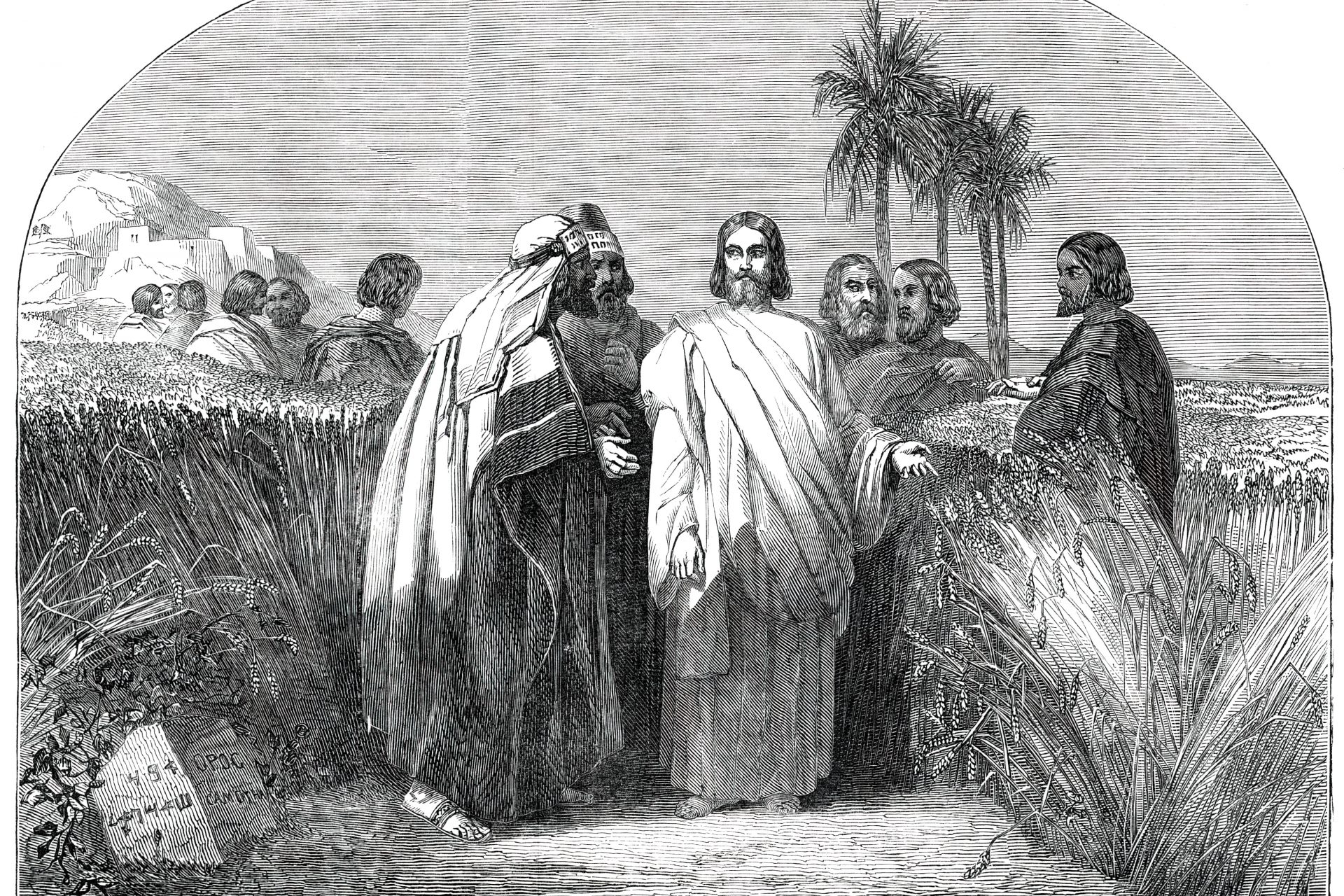The discovery of hidden text changed our understanding of the Bible
Fragments of a previously unknown translation of the Holy Bible dating back nearly 1,800 years were discovered hidden in a medieval manuscript in 2023. But the finding was more important than you would think.
The fragments that were uncovered turned out to be more than just an interesting discovery since they would later be revealed to be the oldest translation of one of the Bible's four Gospels.
The find was a significant one and provided Biblical scholars with pieces of a previously unknown translation of Mathew Chapter 12 according to The Independent's reporting on the finding.
“The fragment is so far the only known remnant of the fourth manuscript that attests to the Old Syriac version, offering a 'unique gateway' to the early phase in the history of the textual transmission of the Gospels,” wrote The Independent’s Vishwam Sankaran.
Photo by Twitter @grigory_kessel
“The lost section represents one of the earliest translations of the Gospels, according to the study published recently in the journal New Testament Studies,” Sankaran added.
Photo by Twitter @grigory_kessel
Grigory Kessel, a Senior Researcher at the Austrian Academy of Sciences, was the researcher who made the discovery and used ultraviolet photography to reveal the hidden chapter underneath several other layers of text.
Photo by Twitter @grigory_kessel
According to The Medievalists, the gospel fragments discovered by Kessel were originally written in the sixth century and later erased and copied over hundreds of years later.
Photo by Twitter @grigory_kessel
Copying over older texts was a very common practice in the medieval period, so much so that these types of text have been given their own unique name—palimpsests.
Photo by Twitter @grigory_kessel
“Thanks to its rarity back in the day, it was quite common to reuse parchment paper by erasing the original text and writing over it,” wrote Mashable’s Dale John Wong.
Photo by Twitter @grigory_kessel
Wong covered the story of Kessel’s hidden gospel fragments and noted that it was an exceptional find not only because of the knowledge we’ve gained about early Christianity, but also because of how it was discovered
“This newly-found bit of scripture—an interpretation of the 12th chapter of the Gospel of Matthew—was discovered hidden underneath two layers of rewritten parchment, a double palimpsest, if you will,” Wong wrote.
According to Medievalists, Kessel’s find is also significant because there are only two known other translations of the Old Syriac Gospels, one of which is housed in the British Libray in London and the other at St. Catherine’s Monastery at Mount Siani, Egypt.
Photo by Twitter @grigory_kessel
Even though only a small fragment of the Gospel of Matthew was discovered, roughly 0.6% of the total volume of the Four Gospels according to Kessel, it offered a wealth of knowledge and insight into the early translations of The Bible.
For example, The Independent noted that the original Greek translation of Matthew 12:1 says: "At that time Jesus went through the grainfields on the Sabbath, and his disciples became hungry and began to pick the heads of grain and eat."
However, the Old Syriac version discovered by Kessel reads: “...began to pick the heads of grain, rub them in their hands, and eat them,” which offers a whole new interpretation of the passage and understanding of how the Gospel was written and translated into Greek.
Claudia Rapp is the Director of the Institute of Medieval Research at the Austrian Academy of Sciences and she called Kessel’s find “a great discovery.”
“This discovery proves how productive and important the interplay between modern digital technologies and basic research can be when dealing with medieval manuscripts,” Rapp added.
More for you
Top Stories






























